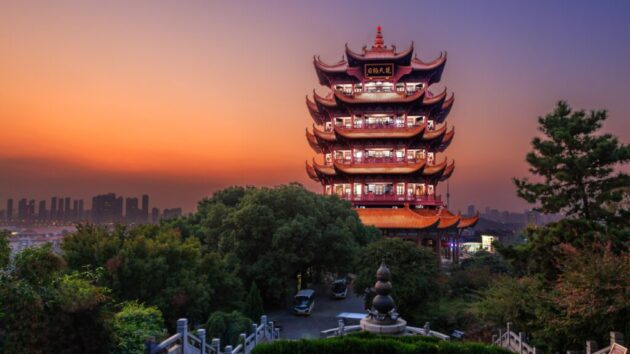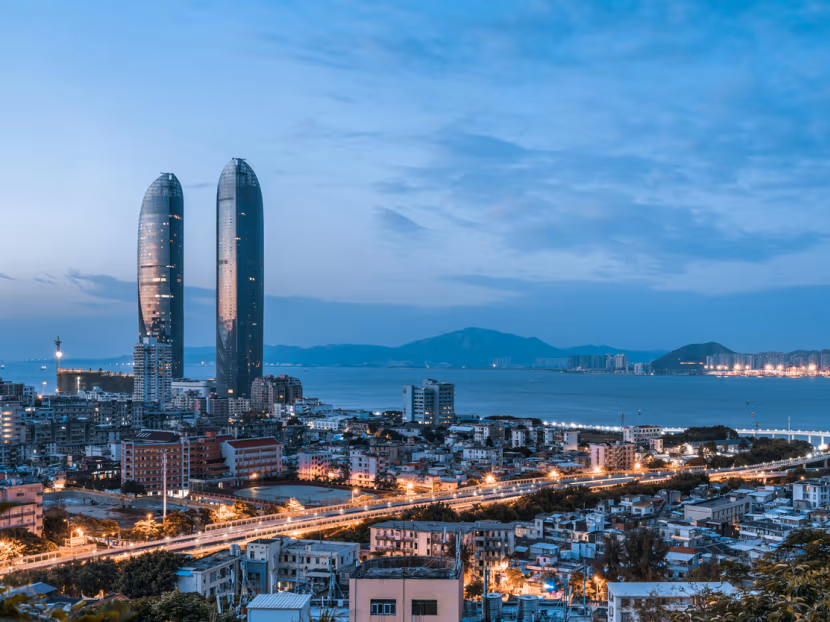As a seasoned traveler, I’ve explored countless destinations, but Wuhan, the vibrant capital of Hubei Province in central China, stands out for its unique blend of history, modernity, and natural beauty. Situated at the confluence of the Yangtze and Han Rivers, Wuhan is a dynamic city that offers something for every type of adventurer—whether you’re drawn to cultural landmarks, scenic landscapes, or mouthwatering cuisine. Here’s my insider’s guide to making the most of your trip to Wuhan.








A Traveler’s Guide to Wuhan
Getting There
Wuhan is a major transportation hub, making it easy to reach by air, rail, or even water. Tianhe International Airport connects to numerous domestic and international destinations, while the city’s three main train stations—Wuhan, Hankou, and Wuchang—offer high-speed rail links to cities like Beijing (4-6 hours), Shanghai (4-5 hours), and Guangzhou (5 hours). For a more scenic approach, consider a Yangtze River cruise from Chongqing or Yichang, docking at this historic port city.
When to Visit
The best times to visit Wuhan are spring (March to May) and autumn (September to November). Spring brings mild weather and blooming cherry blossoms, particularly at Wuhan University, while autumn offers cooler temperatures and clear skies—perfect for outdoor exploration. Summers can be scorching (Wuhan is one of China’s “Four Furnace Cities”), and winters, though mild, can feel damp due to the rivers.
Top Attractions
Yellow Crane Tower (黄鹤楼) ★★★
Perched atop Snake Hill, this iconic tower is Wuhan’s most famous landmark. Rebuilt in 1981, it echoes a history dating back to 223 AD. Climb to the top for panoramic views of the sprawling city and the Yangtze River. The surrounding park, dotted with pavilions and poetic inscriptions, adds a serene touch to the visit.








Wuhan University (武汉大学) ★★
Founded in 1893, Wuhan University is renowned for its stunningarchitecture—a fusion of traditional Chinese palace-style buildings and Western influences. Start your visit at the iconic Old Library, a masterpiece with green-tiled roofs and intricate detailing. It’s a perfect spot for photos and a glimpse into the university’s storied past. Wander through the Sakura Avenue, especially in spring, where cherry blossom trees line the paths, creating a tunnel of pink petals. Even outside bloom season, the campus’s lush greenery and tranquil vibe make it a joy to explore.





East Lake (东湖) ★★
Larger than Hangzhou’s West Lake, East Lake is a tranquil escape within the city. Rent a bike or take a leisurely walk along its shores, where lotus flowers bloom in summer and plum blossoms dazzle in spring. The Tingtao Scenic Area and Moshan Hill are must-see spots within this expansive lake park.





Hubei Provincial Museum (湖北省博物馆) ★★
History buffs will love this museum, home to over 200,000 artifacts, including the stunning bronze bells from the Tomb of Marquis Yi of Zeng (circa 433 BC). The live chime bell performances are a rare treat, transporting you back to ancient China.





Wuhan Yangtze River Bridge (武汉长江大桥) ★
A marvel of engineering, this double-deck bridge—completed in 1957—was the first to span the mighty Yangtze. Walk across its upper deck to soak in river views or simply admire its historical significance as a symbol of China’s industrial progress.





Guiyuan Temple (归元禅寺) ★
This 350-year-old Buddhist temple in Hanyang is a peaceful retreat. Wander through its courtyards, marvel at the Hall of 500 Arhats with its intricate statues, and soak in the spiritual ambiance amid incense and chanting.





Food to Savor
Wuhan’s culinary scene is a delight for food lovers. Start your day at Hubu Alley in Wuchang, a bustling snack street where you can try Re Gan Mian (hot dry noodles), a local specialty with a nutty sesame paste kick. For lunch, savor Steamed Wuchang Fish, a tender dish celebrated by Mao Zedong in his poetry. At night, head to Jiqing Street in Hankou for a lively mix of street food and folk performances—think spicy duck necks and grilled skewers paired with cold Tsingtao beer.
Getting Around
Wuhan’s modern metro system is affordable (a few yuan per ride) and efficient, covering key areas across its three districts: Wuchang, Hankou, and Hanyang. Buses are plentiful and cheap (¥1-2), though they can get crowded. Taxis are reasonably priced (starting at ¥6), and ride-hailing apps like Didi are widely used. For a unique experience, take a ferry across the Yangtze to hop between districts.
Day Trips
Wudang Mountain: A few hours northwest of Wuhan, this UNESCO-listed Taoist haven is famous for its ancient temples and martial arts heritage. It’s a perfect blend of rugged beauty and spirituality.
Three Gorges Dam: Near Yichang (2 hours by train), this engineering giant offers a fascinating look at modern China’s ambition, with scenic cruises along the Yangtze as a bonus.
Practical Tips
Language: English isn’t widely spoken, so download a translation app like Pleco or carry a phrasebook. Locals are friendly and often willing to help despite the language barrier.
Cashless Convenience: Mobile payments (WeChat Pay, Alipay) dominate, but carry some cash for small vendors.
Safety: Wuhan is very safe for travelers, even solo ones. Standard precautions apply—watch your belongings in crowded areas.
Packing: Comfortable shoes are a must for walking, and bring layers for unpredictable weather.
Why Wuhan?
Wuhan may not have the global fame of Beijing or Shanghai, but that’s part of its charm. It’s a city where history whispers through ancient towers, nature thrives amid urban sprawl, and every meal is an adventure. As a seasoned traveler, I find its authenticity and energy refreshing—a true gem in the heart of China waiting to be explored. Pack your curiosity and dive in!







Leave a Reply